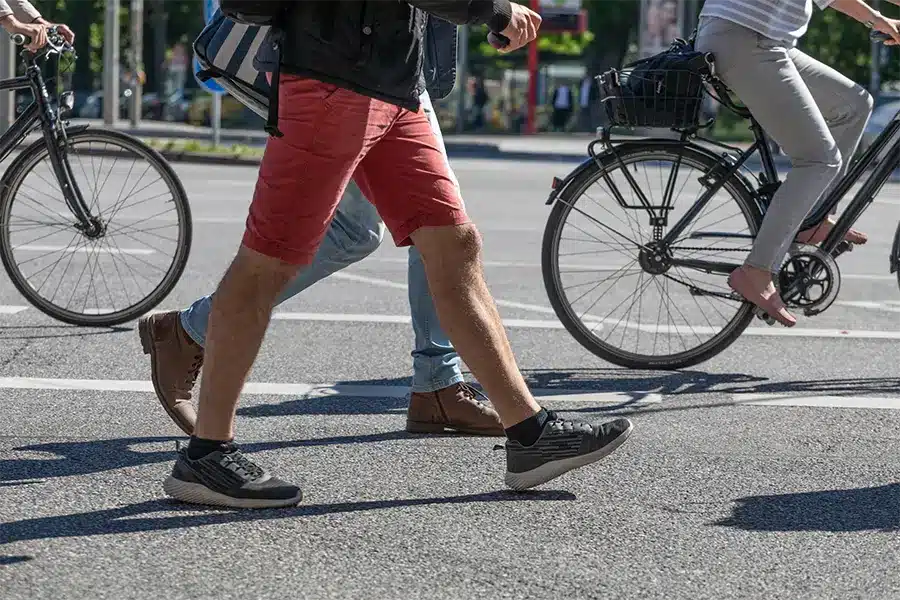
Staying Active Amidst Your Chronic Pain
Chronic pain is a complex condition that can take a toll on the physical and mental well-being of a patient. As an interventional pain specialist, I’ve witnessed the impacts chronic pain can have beyond the pain alone that impacts the daily lives of my patients. Consequently, effectively managing chronic pain often requires a multifaceted approach.
The Effects of Chronic Pain
First off, it’s important to recognize that there is a deep connection between mental well-being and physical health. Living with chronic pain can create a challenging cycle where many individuals feel trapped. A common response is to avoid activities that might exacerbate the pain. This avoidance is often driven by a fear of worsening the condition, which can lead to “catastrophizing,” in which we exaggerate the threat of pain. Consequently, individuals may avoid not only professional and social activities but also essential physical exercises such as walking, hiking, and other forms of movement.
The Benefits of Staying Active
Despite the discomfort, staying active is essential. Regular exercise helps to preserve joint mobility and muscle strength, which is crucial for managing chronic conditions and preventing injuries, such as torn meniscuses. Many of us know that exercise releases mood-boosting endorphins, but a lesser-known benefit is that these endorphins also act as natural painkillers.
Low-Impact, High Results
While maintaining regular exercise is essential, individuals with a chronic condition should be careful not to engage in activities that are too strenuous. Low-impact mobility exercises will ensure that these individuals are not exacerbating their pain while staying active. Low-impact exercise is any activity in which one foot is always in contact with the floor, which lowers the strain on your joints and muscles. Low-impact exercises also improve heart rate, lower diabetes risk, and strengthen bone health. Below are some low-impact exercises that could elevate your activities.
Walking
While it may seem simple, walking is a great low-impact exercise. Make sure you are hydrated and have a good pair of shoes when you embark on any activity. Listen to your body and increase your pace if you are able. This activity can reduce stress, increase energy, and significantly improve cardiovascular health.
Swimming
Swimming is a great way to increase strength and endurance without increasing pain. Water provides buoyancy, which reduces the amount of stress placed on joints and muscles during exercise. This is particularly beneficial for individuals with chronic pain, as it allows them to exercise without aggravating their pain or causing further injury. In fact, VSI Physical Therapy encourages aquatic therapy for those suffering with chronic pain.
Biking
Biking is another great low-impact activity that increases your heart rate without stressing your body. Biking also helps improve range of motion, mental health, core strength, and flexibility. Follow these tips to keep your back safe while on your bike or the next time you cycle.
Yoga
While yoga is commonly known for its ability to soothe anxiety and tension within the body, its tremendous physical benefits also help to create a foundation within our bodies which supports a healthy spine in return. Yoga also strengthens the joints and muscles without straining them. The healing powers of this low-impact activity can indeed not be understated.
Maintaining movement and activity can significantly enhance quality of life and help break the cycle of pain and avoidance. In particular, staying active through low-impact exercise is extremely important. By taking a proactive approach to increasing activity, those dealing with chronic pain can take the necessary steps to improve their overall well-being and regain control over their lives.
Topics covered
About the Author
Featured Resources
Insights to Achieve a Pain-Free Life



